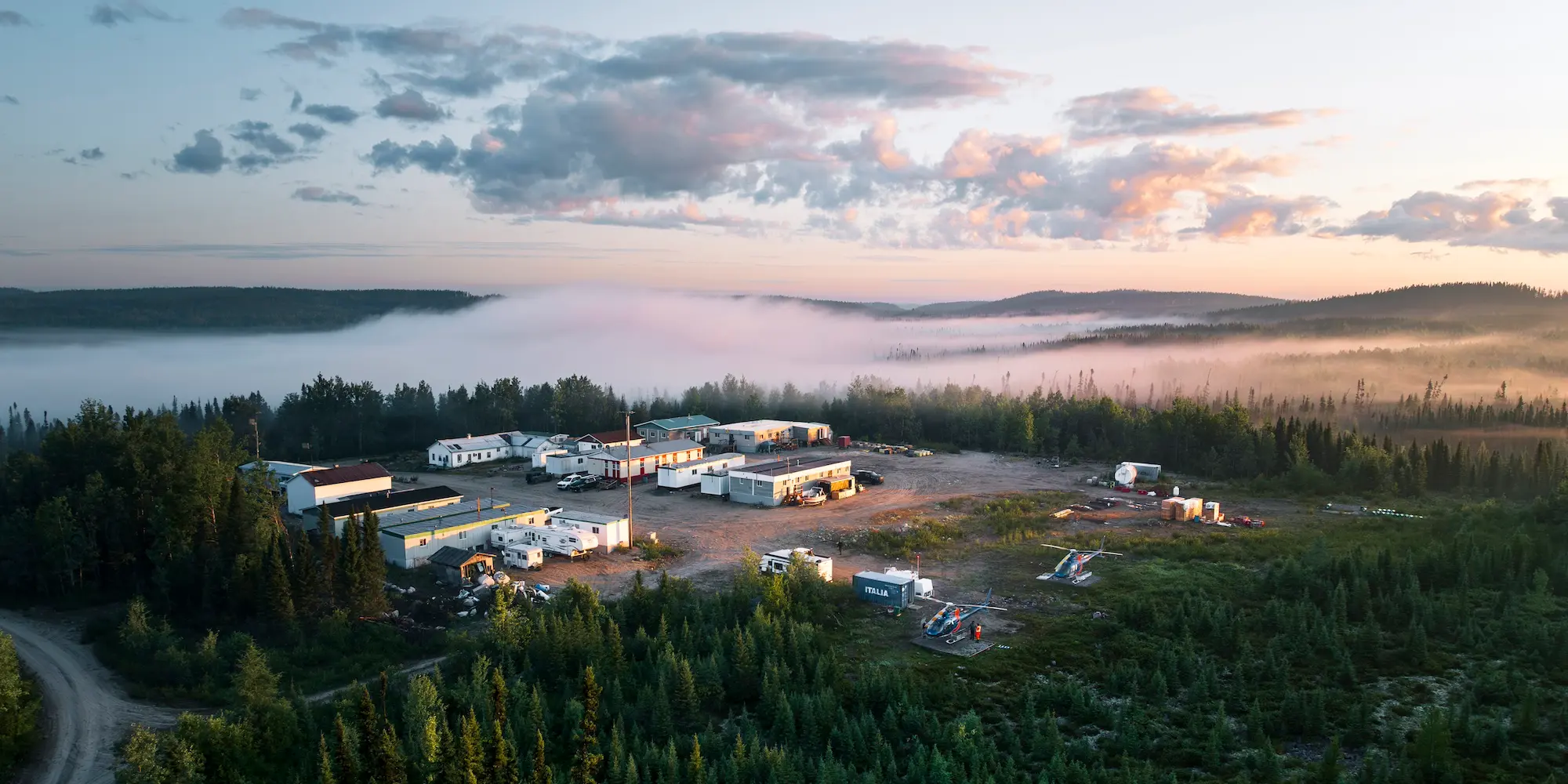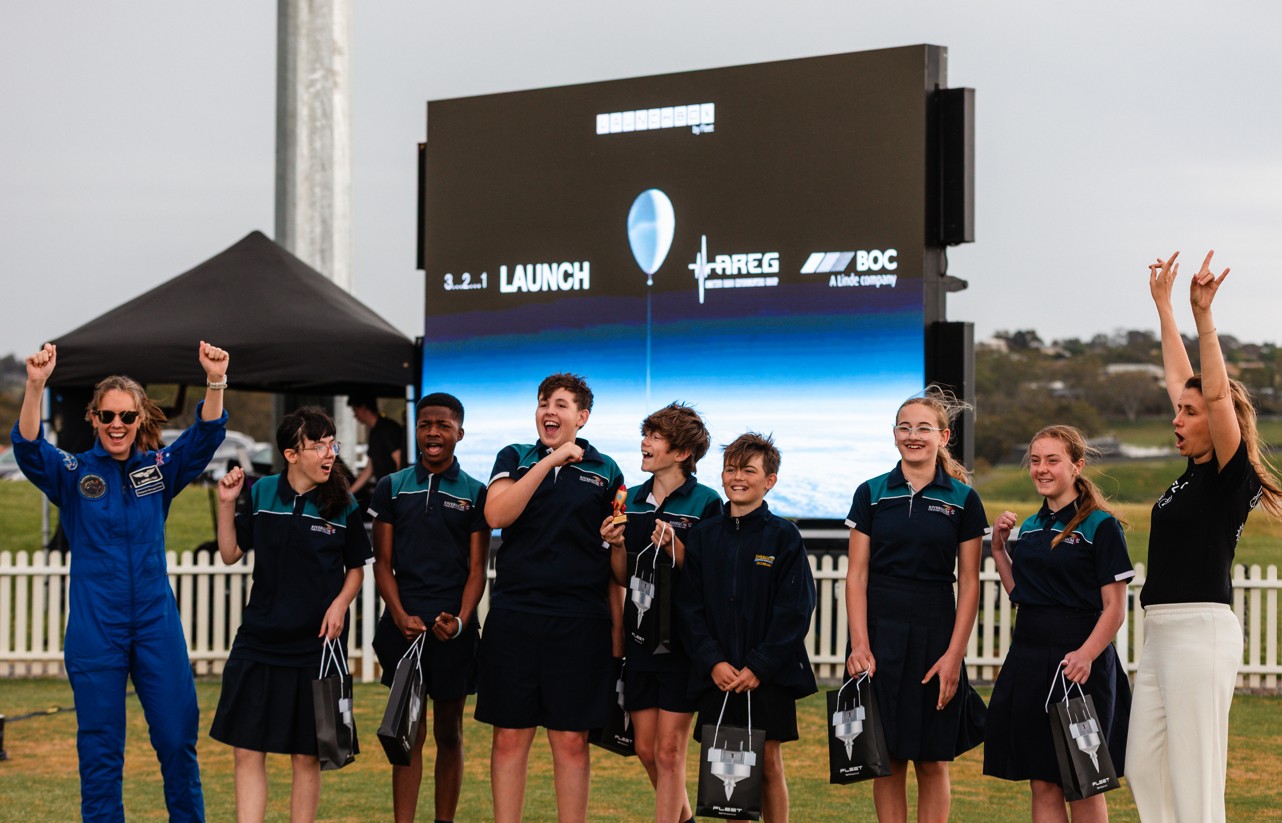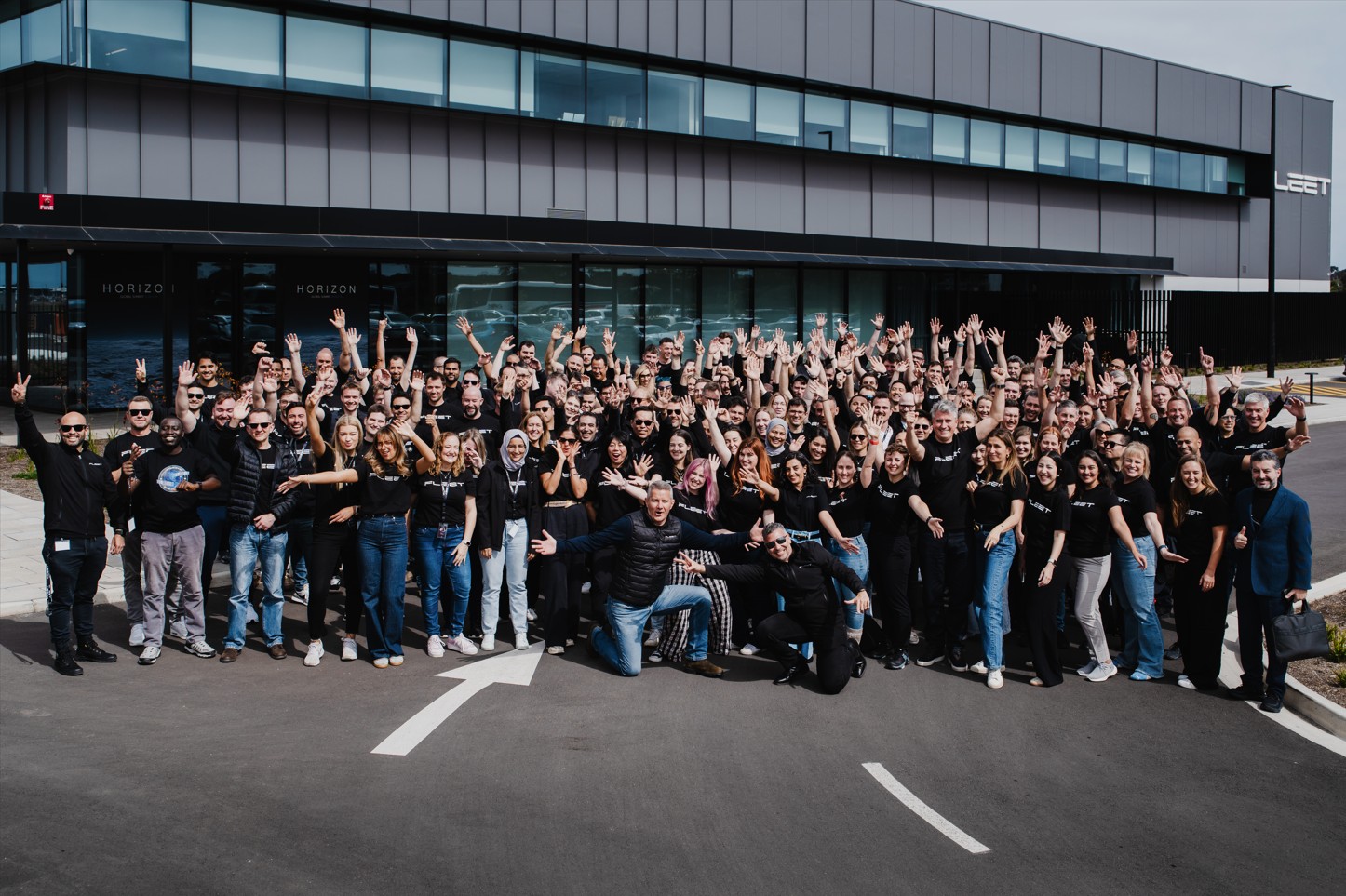Rapid Basin Screening for Carlin-Type Gold Deposits Using Satellite Enabled Ambient Noise Tomography (ANT)

Introduction to Carlin-Type Gold Deposits
Nevada is the leading gold-producing state in the United States with 74% of the total domestic production in 2021, and one of the world’s most productive gold-mining regions, thanks in big part to the high-grade Carlin-type gold deposits (CTGDs) found in the Silver State.
These are ‘sediment-hosted disseminated-gold' deposits that contain “invisible gold” (microscopic particles of gold deposited within pyrite) disseminated in “dirty carbonates”, which normally are limestones with significant clay content. These deposits are usually in these host rocks alongside faults, where the perfect combination of lithology and structure is present.
The name comes from the small city Carlin in northeast Nevada, which is situated in a belt of gold deposits named the Carlin trend, where this type of deposit was first identified and where the majority of the gold mined in the US is currently derived from. These deposits can be very big and high-grade, with several ounces per ton usually intersected in drilling.
After the CTGDs were formed in the host rocks(dirty carbonates) around old faults, Nevada has been through millions of years of extension, causing the old and new faults to continue to move both displacing and breaking up the ore deposits. This process formed a series of mountain ranges separated by sinking valleys. Erosion removed parts of the mountain ranges and deposited the debris in the adjacent valleys, which buried the host rocks under hundreds of meters of sedimentary cover, mainly composed of sand and gravel.
The best part is that around half of the deposits in Nevada are under cover and haven’t been explored, and this is where the present and future of mineral exploration in the region is.

This makes exploration challenging, and geophysical methods become necessary in order to see under cover and identify the structure of the basement, depth of cover, and major faults where the gold mineralisation is likely.
Most of the low-hanging fruit Carlin Type Gold Deposits have been explored in the ranges, and the present and future of exploration is 'blind deposits' under deep gravels and upper plate rocks in the basins.
The future CTGD discoveries will likely be:
- Deeper in lower plate rocks.
- Covered by barren upper plate rocks.
- In valleys/basins, covered by hundreds to even thousands of feet of gravel.
There is a density contrast between the cover(less dense) and the underlying rocks (denser), as well as alongside faults(lower density due to the fractures). Density is directly related to wave velocities, so geophysical methods that can map differences in wave velocities will be able to map a much needed picture of the subsurface before drilling starts in the most prospective areas near the faults to try to identify these ‘blind deposits’.
Geophysics in Mineral Exploration
Geophysics has a very important role to play in mineral exploration, conducting regional surveys to identify anomalies or targets based on the physical property studied by each geophysical method. This preliminary understanding of the subsurface helps informs decisions before proceeding with a long and expensive drilling campaign that can ultimately lead to deposit discovery/delineation and efficient resource estimate.
For example, gravimetric and magnetic methods study anomalies on the Earth’s gravitational and magnetic fields respectively, and they have been successful in identifying shallow anomalies as potential drill targets. However, these methods struggle under cover due to the inverse square law and can lead to false anomalies, as is the case where variations in the basement topography lead to false positive gravity anomalies or where materials with high magnetic susceptibility in the cover lead to false electromagnetic anomalies.
Another geophysical method extensively used to map the structure of the subsurface has been active seismic, mainly used in the oil and gas industry and somewhat successful in mineral exploration, but this method also has limitations like steeply dipping structures being hard to image from the surface rendering the method not suitable for many deposits, as well as the large cost, environmental footprint (due to the use of explosives or vibroseis as an active source of body waves), and difficulty to operate in remote areas.
Exploring Under Cover with ExoSphere by Fleet®
There is a passive seismic method that can solve the problem of exploration under cover, Ambient Noise Tomography (ANT),and it has been taken to the next level with ExoSphere by Fleet®, delivering 3D velocity models in real-time.
The solution comprises battery-powered Geodes with edge processing and direct connectivity to Fleet's satellite network to send data in real time for immediate visualisation and decision making. Our low-earth orbit (LEO) satellites have global coverage and we're launching more to cope with the demand.
ANT previously was a manual process taking up to 6 months between data acquisition, transport, and processing, but with our real time connectivity and cloud processing we have reduced this time by 20-40 times, with final results available as soon as 4 days after deployment.
This technology can be used from local outcrop to regional surveys, down to 2.5km or more in depth, resolving the inherent contrasts within geological faults, geomorphological structures, mineralisation zones, cover thickness and intrusive body delineation.
ExoSphere by Fleet® can image beneath any cover materials, whether it is unconsolidated and low-density sediments like gravels, or dense cover like basalts.
Survey resolution is 20% of the distance between Geodes at shallow depths and can be a ratio of 10% of the depth when imaging more deeply. The depth penetration is governed as roughly 25% of the aperture (distance of the longest side of the survey).

What is Ambient Noise Tomography?
Ambient Noise Tomography (ANT) is a method that uses faint ground vibrations produced by surface Rayleigh waves, recorded by seismic stations to image the subsurface. The method consists of doing cross-correlations of ambient seismic noise to reconstruct Green's functions between pairs of stations.
The dispersion of surface waves allows us to investigate the subsurface shear waves velocity structure because the sensitivity of surface waves at depth depends on their frequencies with lower frequencies being sensitive to greater depth.
Seismic noise is induced by natural sources like oceanic microseisms (generated by the interaction of the ocean waves and the sea floor, and this wavefield is dominated by lower frequencies from 0.03to 1 Hz), as well as anthropogenic activities (traffic, trains, industrial activities, wind turbines, nearby drilling, etc. with frequencies above 1 Hz), and even wildlife and natural hazards contribute to the ever-present seismic noise.
Historically, seismic noise has been considered noise instead of useful signal, hiding the signals from earthquakes and active sources, but over the last 20 years seismologists have discovered that seismic noise can be used to image the subsurface, initially focusing on the lower frequencies for regional studies at greater depths, and more recently utilising the higher frequency wavefield for studies at a lower scale applied to mineral exploration.
Because the method can utilise frequency contents for both shallow and greater depths, it is perfect to see undercover and map structures with velocity contrasts at depth.
Exploration of the Next Carlin-Type Gold Deposits
Just because these are ‘blind deposits’, drilling doesn’t need to happen blindly in order to find the next gold deposits in the area.
With ExoSphere by Fleet®, we can map the density contrasts in the cover, basement, faults, and possible mineralisation and present a real time 3D velocity model, so exploration companies can ‘see’ undercover before drilling. It's not a matter of cutting a drilling budget to allow for more geophysics, but a matter of setting the drilling program up for success with a proven geophysical method.
The depth/thickness of cover can be mapped to properly plan a "more effective = less expensive" drilling program. The cover in this geology is expected to show lower wave velocities due to its composition of less compacted sediments and low density sands and gravels, compared to the underlying rocks.
Furthermore, Ambient Noise Tomography can also see under denser cover like basalts in other geologies. We only need a 5%velocity contrast, which is strongly marked by the density of the rocks, among other factors like porosity and fractures, and the materials filling those spaces.
The structure of the rocks under cover can be mapped as well, like topography of the basement (which helps discard false gravimetric anomalies) and major faults. This is easily seen when the blocks of the fault are of different rocks with different density/velocity, but even normal faults where the hanging wall and the footwall have the same type of rock, can still be detected with a high degree of certainty. This is because:
- The footwall in normal faults is normally made up of older rocks that have been pushed up and compacted for a longer period of time thus increasing its density and in consequence its wave velocity.
- The presence of highly fractured areas in the halo surrounding the fault lines decreases the wave velocity.
Also the process of decalcification in dirty carbonates, present in this geology, causes lower densities and in consequence lower velocities. This makes it an interesting target for mineralization of gold. Even though the density of gold and pyrite is high, causing the wave velocity to be high, their dissemination in less dense rock makes the latter a stronger factor on wave velocity.

Benefits of ExoSphere by Fleet®
- Speed: completed models supplied in as little as 4 days – 16x faster than the current state of the art.
- Drill targeting: our solution doesn't replace drilling, but serves to improve drill target success rates, increase the speed and reduce the overall cost of discovery.
- Flexibility: roaming nodal arrays can be easily moved to cover large areas in a short time or produce in-fill surveys at higher resolution.
- Low impact: no slashing required (in comparison to active seismic, for example)and experience in a variety of settings.
- Easy to install: nodes are dug approximately 50mm into the ground and transmit data as soon as activated.
- Fit-for-purpose: Fleet has developed geophones (Geodes) specifically dedicated to ANTsurveying. They are the most sensitive geophones available on the market; 3x more sensitive than industry-standard devices and up to 10x more sensitive at very low frequencies. Geodes are custom designed to build high-resolution models for all geological settings.
- Complimentary to other techniques: ANT models can be used to vertically constrain gravity surveys, for example.
ExoSphere by Fleet® can be used anywhere in the world, to map the subsurface with a near real-time 3D velocity model, not only in Nevada.
Current clients are exploring a range of survey objectives, including: direct detection of ore bodies (VMS, IOCGs, Li-pegmatites, Cu/Au porphyrys etc.), depth of cover / base of weathering, delineation of structures, identification of lithologies, profiling waste /prospective areas etc.
Exploration is changing, and you can get results and speed with ExoSphere by Fleet®.


